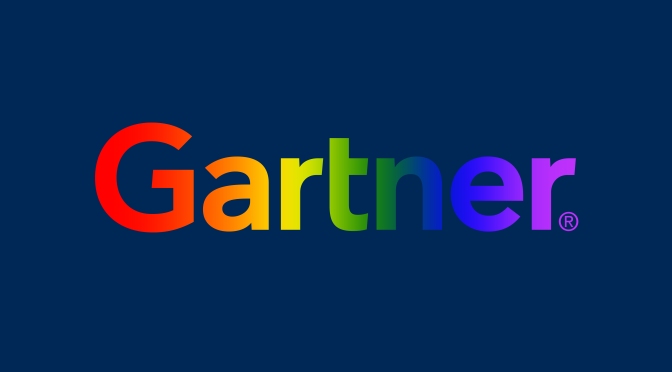Latest from Amazon is that they are launching a physical store to sell their fashion product in physical space. The new store joins their previous ventures into physical stores for food and books.
Beloved of influencers, the Amazon fashion offering is proving so successful that in March 2021, after reaching $41 billion in 2020, Amazon became the top clothing retailer in the U.S., beating out Target, Walmart and Gap!
So why are they choosing to create a physical store experience if digital is going so well?
My view? 3 reasons:-
- One of the largest costs for online fashion retail is returns. According to Yocuda, product returns cost £60bn for UK retailers alone and can count for up to 10% of business. You can easily minimize this by having clothes – surprise surprise – tried on in the shop.
- Not only that but people are becoming wise to the fact often returns will end up in landfill, not in someone else’s wardrobe. As a sustainability play physical premises make good sense – less to landfill.
- A chance to test out new technology – and collect new data. We all know that Amazon is as much a data company as a goods company, right? Echo, Ring, Amazon Web Services – they aren’t flogging you things, they’re flogging your things, your data, the information collected about you that helps goods producers to create products you will love.
Magic mirrors and ordering in store will provide more information about customer splits, prefences and behavious that can be analysed through innovative creative tech. More data, more money. - Finally, there is something about simply being physically present in store that puts people in touch with the brand in a new way. The enviroment, experiences, materials, lighting and staff, even the music all contribute to create a stronger brand relationship.
Amazon clearly views physical spaces as a way for its brand to reach more people in new, innovative ways that cement its position at the top of the market. With this new physical store it’s making a statement about where it wants to go with fashion, once again demonstrating to the world the power of experiential.













